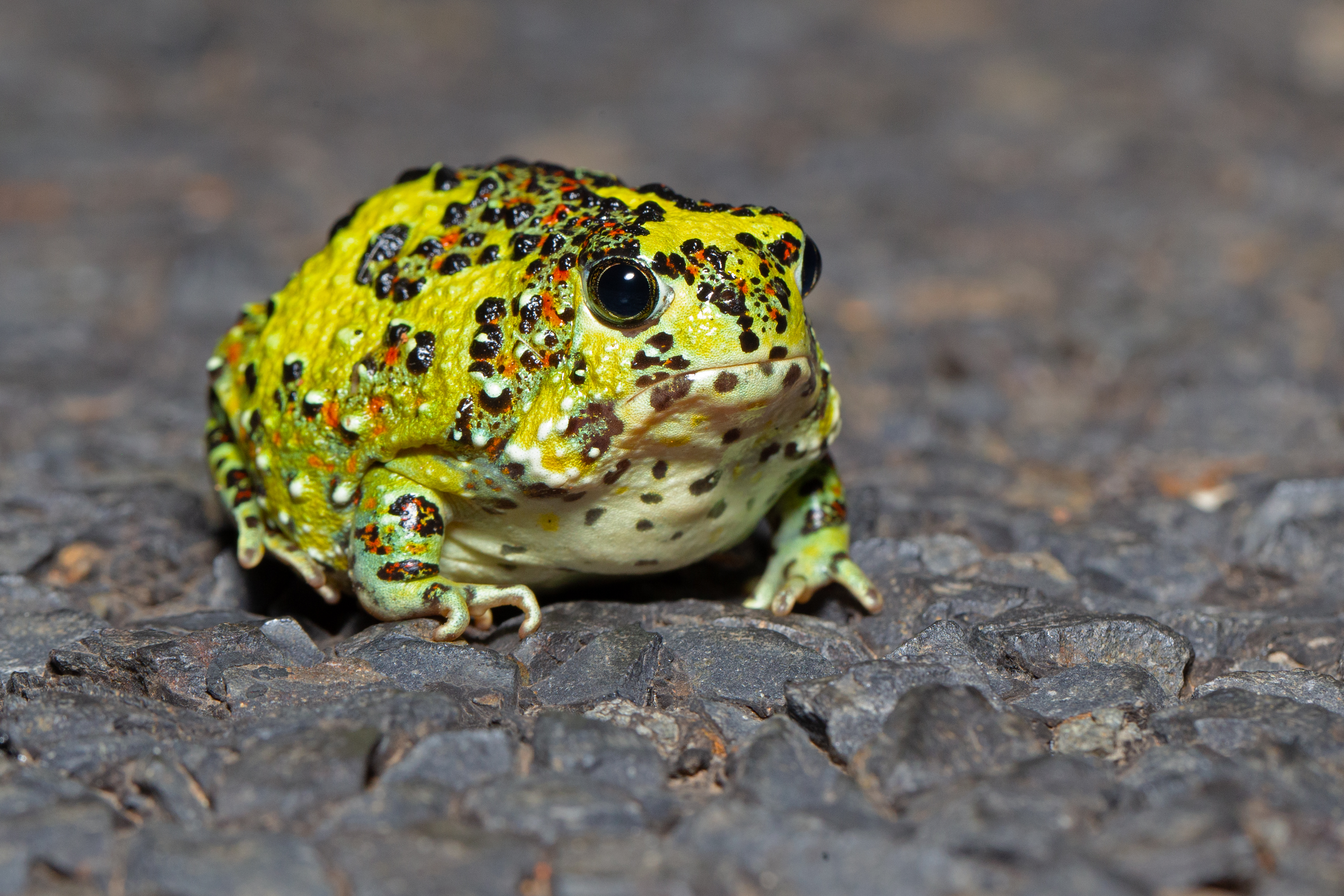Attachments
Note: Not all attachments are visible to the general public. Research URLs will go live after the embargo ends.

Research
Springer Nature, Web page
Please link to the article in online versions of your report (the URL will go live after the embargo ends).
Journal/
conference: Nature Climate Change
conference: Nature Climate Change
Research:Paper
Organisation/s:
Western Sydney University, The University of Melbourne
Funder:
This
work was supported by the Institute of Vertebrate Biology of the
Czech Academy of Sciences (no. RVO: 68081766) to U.E.U., the São
Paulo Research Foundation—FAPESP (nos. 10/20061-6, 14/05624-5,
17/10338-0 and 19/04637-0 to R.P.B. and 14/16320-7 to C.A.N.) and the
National Research Foundation of South Africa (incentive funding no.
28442 to S.C.-T).



 Australia; NSW; VIC
Australia; NSW; VIC


